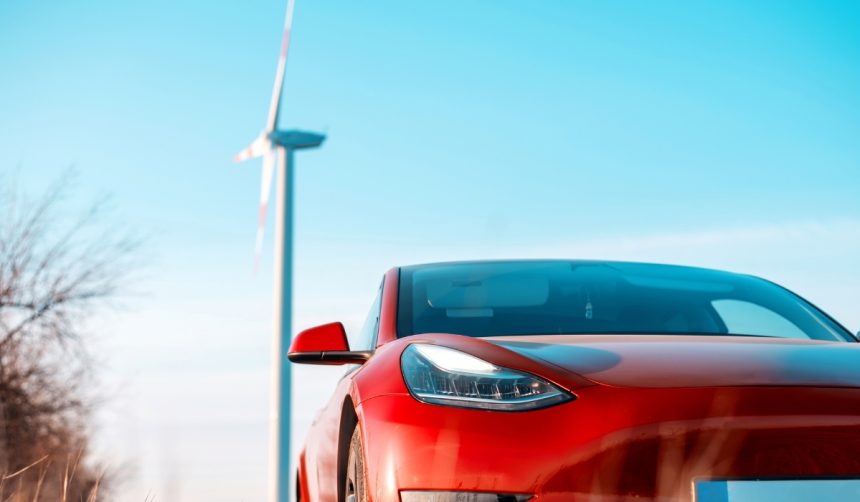The Menlo Park Police Department in California has encountered various challenges since integrating Tesla Model Y Long Range vehicles into its fleet. Despite the initial enthusiasm and environmental benefits, the department has found these electric vehicles (EVs) less than perfect for patrol duties, citing significant issues related to cost, space, and functionality.
Other police departments that have adopted Tesla vehicles previously reported cost savings after a year of use. However, Menlo Park’s findings portray a different picture. The department revealed that outfitting the Tesla Model Y for police work was $12,700 more costly than a Ford Explorer Hybrid, leading to a 33% higher overall expense when considering the initial purchase price. This financial aspect has raised concerns about the economic feasibility of using Tesla vehicles for patrol purposes.
Space Constraints
Once equipped for patrol use, the Tesla Model Y’s interior space became problematic. Officers reported that the width of duty belts and bulletproof vests did not fit well in the bucket seats, forcing larger officers to sit uncomfortably or with restricted access to their sidearms. This issue also extended to the rear seats, which offered minimal room for detainees, complicating transportation and field training for new officers.
“Smart Car” Challenges
The Menlo Park Police also pointed out several “smart” features of the Tesla Model Y that interfered with its patrol functionality. For instance, Autopilot caused delays when shifting into drive and sometimes halted the vehicle unexpectedly when officers pulled over. Additionally, the vehicle’s lighting controls and proximity locking system added operational hurdles, making standard patrol tasks more cumbersome.
Council member Betty Nash expressed mixed feelings about the trial, acknowledging the police department’s effort despite the unfavorable outcome. Menlo Park’s City Council has since approved the purchase of a Chevrolet Blazer for future use, indicating a shift away from Tesla for law enforcement purposes.
Overall, this development highlights the importance of evaluating the specific needs and constraints of police work when considering the adoption of new technologies. While Tesla vehicles have shown benefits in other areas, their suitability as patrol cars remains debatable based on Menlo Park’s experience.










